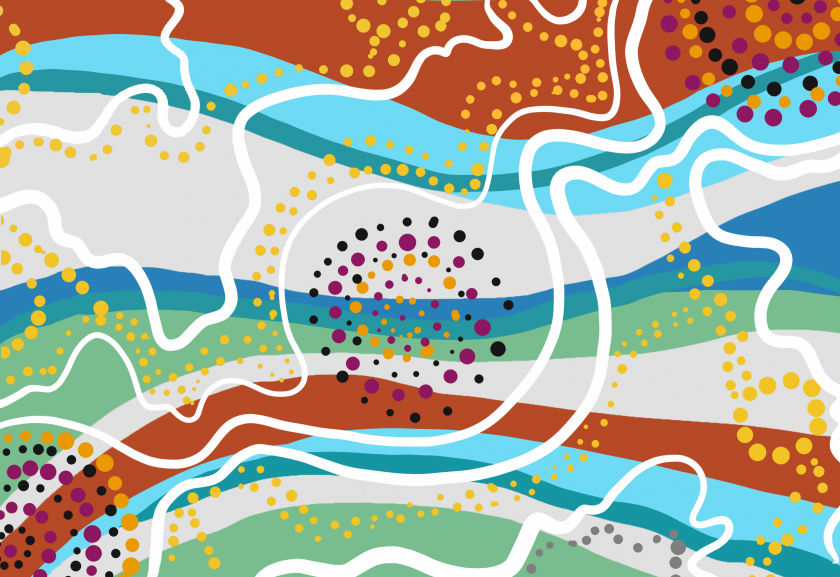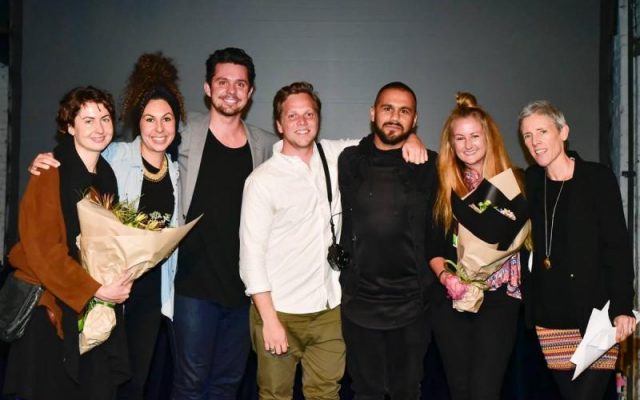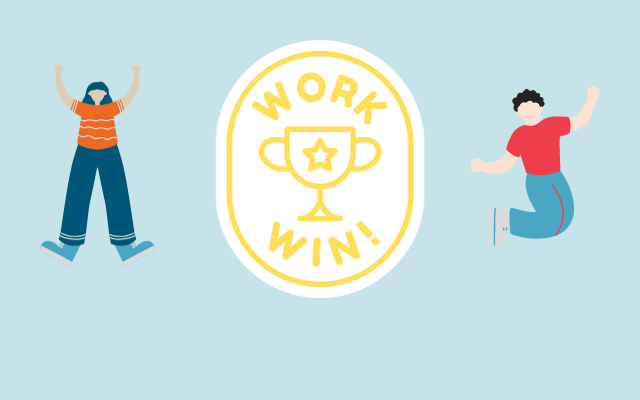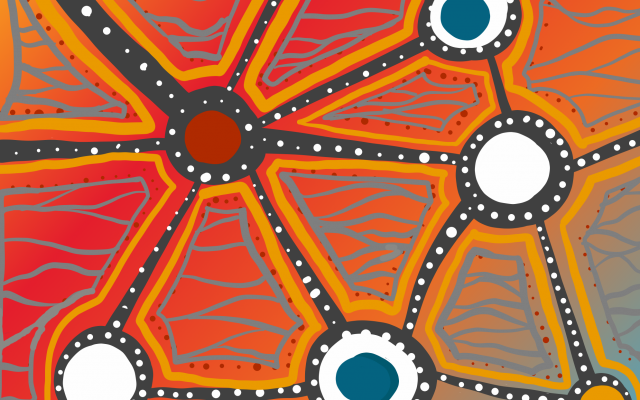
Principles and Practices for Partnerships with Aboriginal and Torres Strait Islander Organisations
Holly, Natalie, and Natasha attended the Advancing partnerships with Aboriginal and Torres Strait Islander organisations webinar hosted by Australian Institute of Family Studies in June. The webinar explored the value of Aboriginal and Torres Strait Islander and non-Indigenous services working together to support families, using the Yadeni Tago (Advancing Together in Turrbal language) partnership between Kurbingui Youth and Family Development and Mercy Community as a case study. It also provided an overview of the SNAICC partnership principles.
Here are our reflections and takeaways.
What stood out for you? What was most significant?
NAT
I really enjoyed hearing from people from both Kurbingui and Mercy Community, to learn how broad and abstract concepts are being put into practice to foster a genuine partnership.
If there was anything that the people from Kurbingui and Mercy Community wanted us to take away, it was that time is your biggest key investment. Genuine partnerships can only occur if both parties spend time connecting and deep listening, coming to the table with an open mind and ready to engage in meaningful dialogue. I can see how the fast-paced environment of evaluation and consulting may create time pressures. However, throughout my work with the Aboriginal portfolio, and particularly working with the Illawarra Aboriginal Corporation to develop service guidelines for their Going Home Staying Home housing program, I have developed a deeper knowledge of how invaluable it is to slow down and to constantly communicate to keep all parties updated. I have seen firsthand how this can assist with developing fruitful partnerships, and how it ultimately improves outcomes for the communities with which we work.
HOLLY
What stood out to me most was how the genuine partnership was formed. The Yadeni Tago team noted that this was due to their shared interest in making things better for the communities involved and because the partnership was based on the foundations of innovation, determination, and communication as well as their shared approach to thinking outside the box.
The most significant words that echoed throughout the presentation were time and connection: these are the keys to developing a genuine partnership. I’ve found this to be so true of my role as a mentor with MOBS (Mentoring Our Brothers and Sisters) at the University of Sydney, where current students mentor younger Aboriginal and Torres Strait Islander students who have just arrived at the university and help them settle into university life and expectations. Before getting into mentoring, we invest our time in building genuine relationships to make sure students will get the most out of the program. Trust is built as we share our common desire to see our students succeed academically. Through my work with ARTD, whenever we are working with any community, a key focus is on creating the time and space to develop relationships, so we build genuine connections and trust, based on our similar goals.
TASH
The SNAICC core principles and strategies for building genuine partnerships provide helpful and clear guidance on how to build genuine partnerships with Aboriginal and Torres Strait Islander organisations.
Whilst the strategies and principles might be familiar, what was valuable about the session was listening to the presenters’ advice on how you sustain good partnerships, as well as advocate and create an environment that ensures the development of genuinely beneficial partnerships versus tokenistic partnering.
As Nat and Holly mentioned, the primary ingredient supporting mutually beneficial, cohesive, and successful partnerships was doing the work in the beginning to get to know and understand each other, build respect and trust and determine a shared vision. Having these foundations in place, the presenters explained, meant you could:
- disagree or have difficult conversations in a constructive manner
- regroup and get back on track quickly when other demands got in the way
- prioritise and be held accountable to the cultural safety of Indigenous partners.
One of the presenters explained that sometimes partnerships get too focused on service delivery and meeting KPIs. Sometimes, they lose sight of the need to ensure practices are culturally safe and the approach is working for Aboriginal workers. Operating with the SNAICC principles helps partners refocus on what matters.
What made this stick with me was the disappointing learning during this session that ACCOs continue to have experiences where they were listed as part of partnerships on funding applications, without being consulted first.
Based on your answers above, what would an ideal world/system look like if you woke up to it tomorrow? What could help this come to fruition?
HOLLY
In an ideal world, funding and resources would be going straight into ACCOs, removing the need for partnerships in the first place, unless it’s for capacity building reasons. However, when partnerships are genuinely needed, it’s all about intention. Do the partners want to see mob benefit from the programs? Or are they just there to sign the papers and profit from their association with community, without genuinely ensuring the benefits and profitability for community? The partner must have the intention to invest time and effort to build relationships.
NAT
I believe there is one key ingredient for an ideal world with genuine partnerships: people choosing to build relationships because they really want to. Organisations need to want the relationship to work, to value it, and be committed to investing the resources and time to foster this. Kurbingui and Mercy Community explained that their partnership works because they are willing to be open and acknowledge mistakes and create a safe environment for all people involved to engage in constructive discussion. This allows partners to work alongside each other and draw on common values to address issues together.
TASH
For me, an ideal system would be one that doesn’t allow for the initial steps around partnership to be missed.
It would be one that promotes education around why those initial steps are crucial, highlighting that this work is not optional (e.g. working to better understand Aboriginal culture and issues, learning the history of colonisation and dispossession, and auditing and challenging your own biases).
It would guide how it needs to be done and ensure this is practiced. It would have a specific focus on ensuring these partnerships are continuing in nature and beneficial to community.
In a better world—one the optimist in me hopes we are slowly working towards—I want to see Indigenous communities leading, and at the center of, any decision-making that impacts them.
You can find some of the resources from the webinar on the AIFS website




